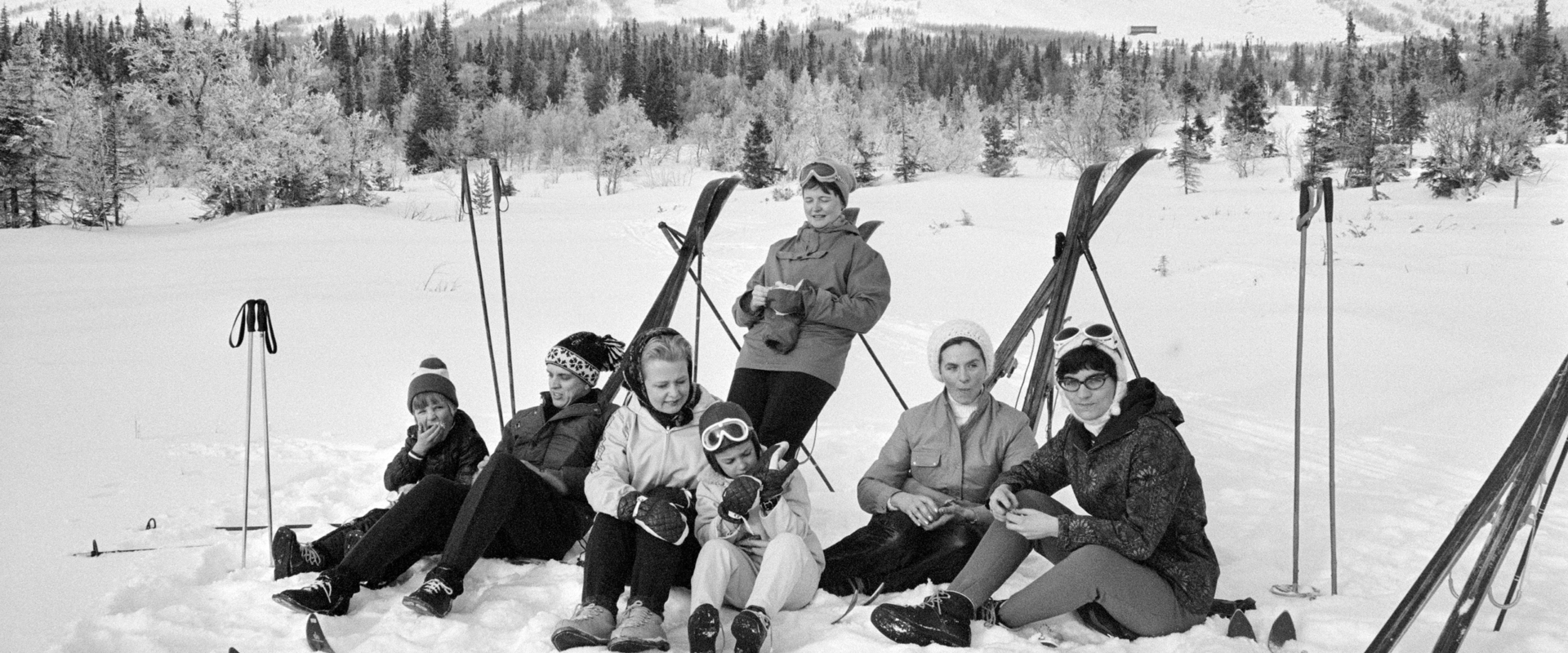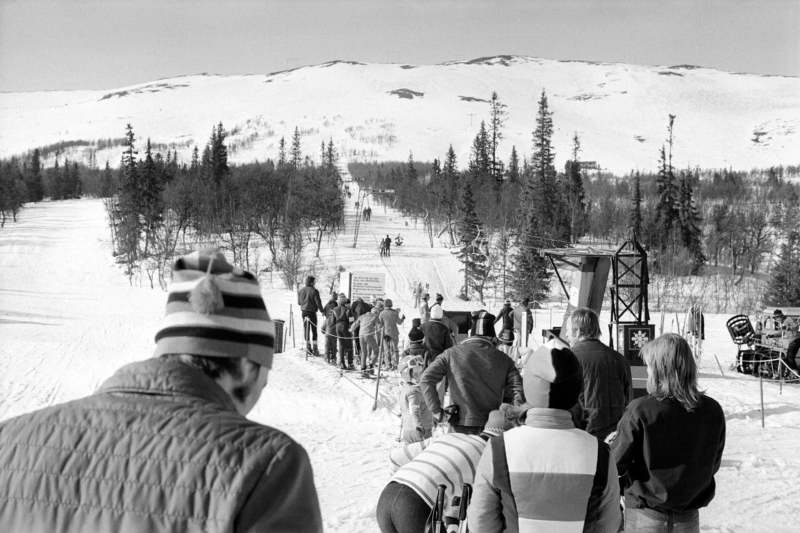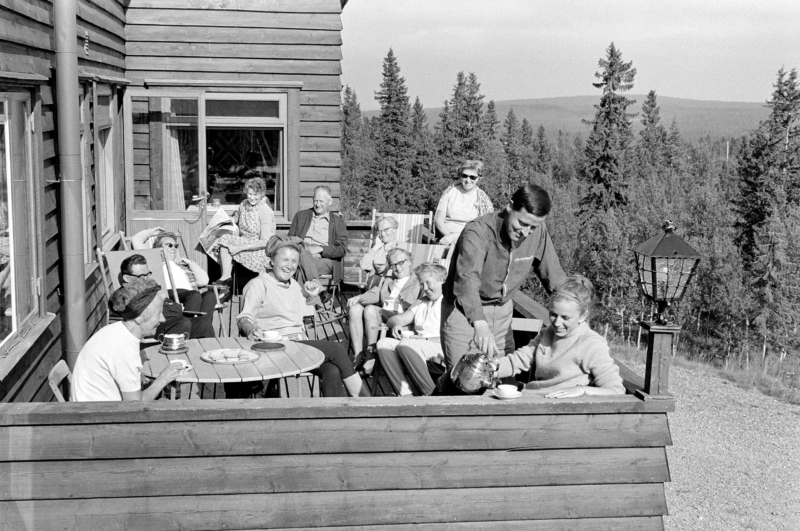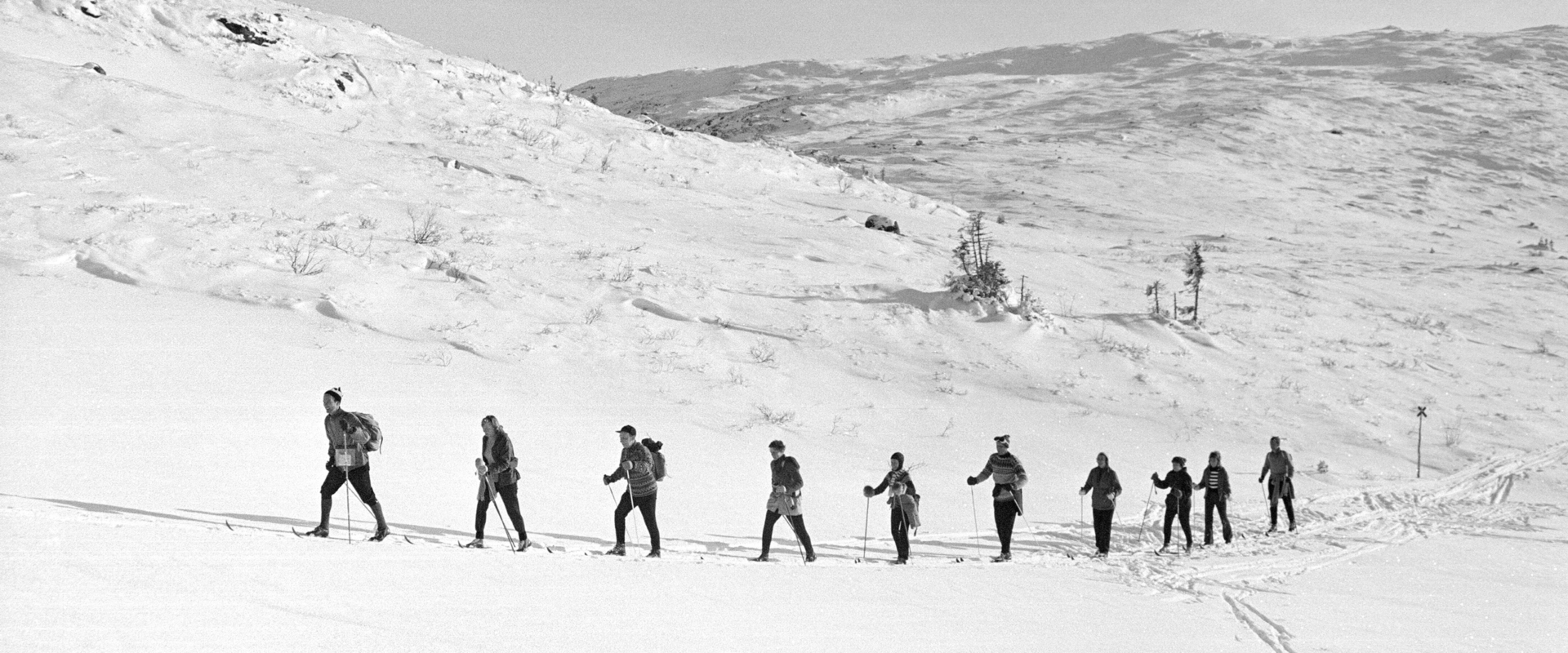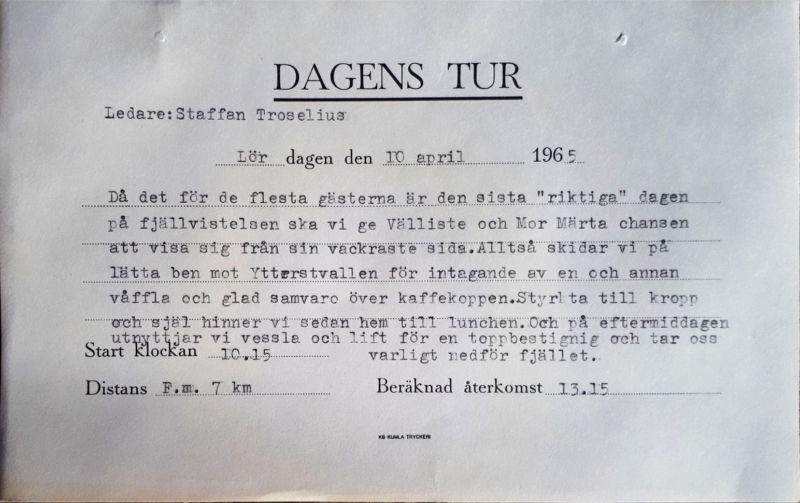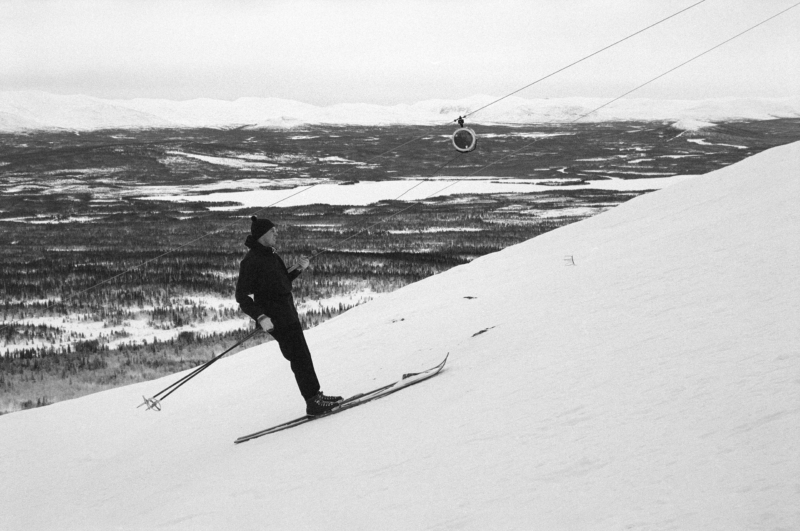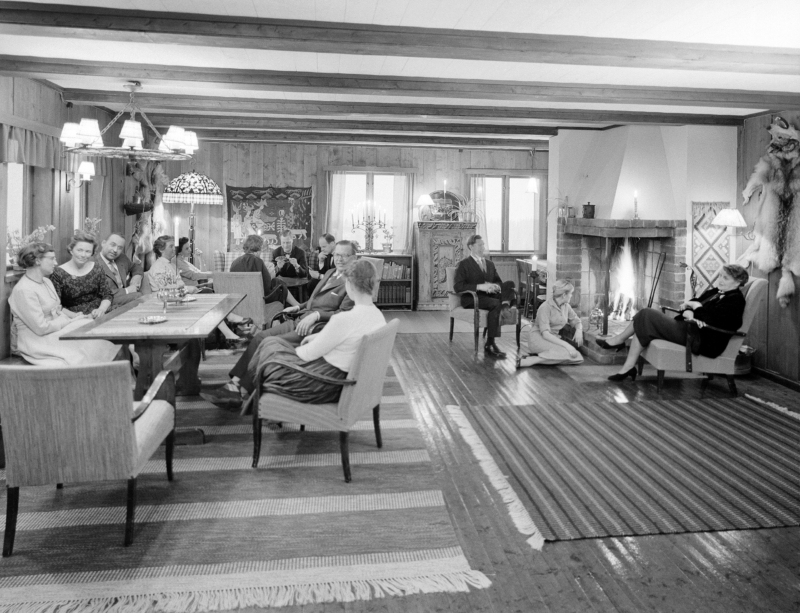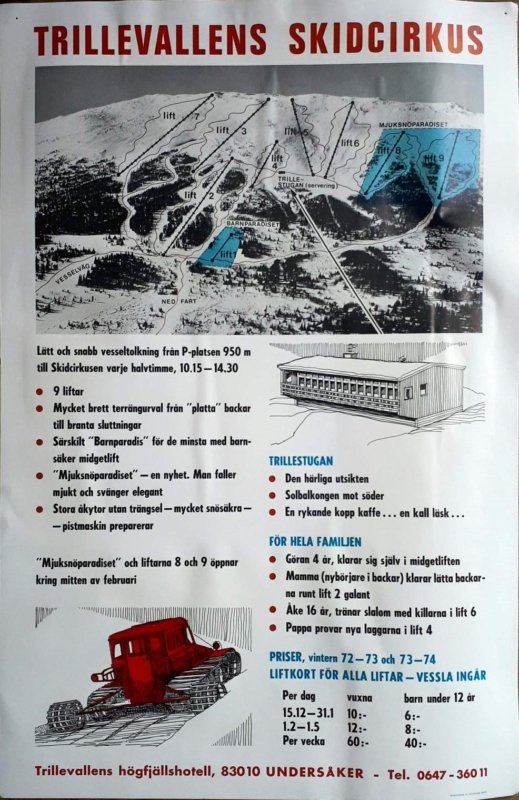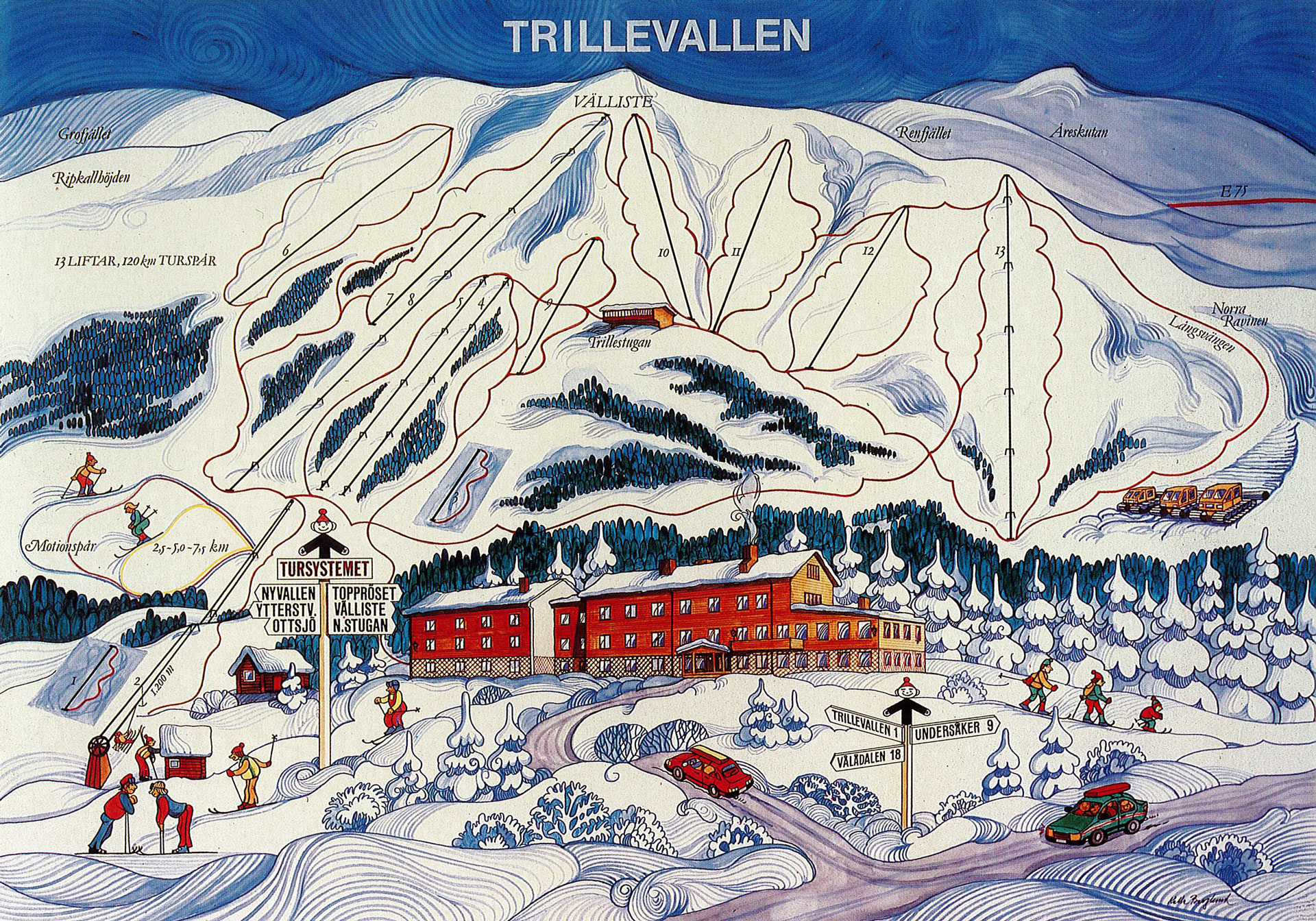By the 1970s, there were a total of ten lifts, and the system was known as the ‘Trillevallen Ski Circus.’ At the end of the decade, Ingmar Stenmark rose to fame, sparking an alpine skiing boom that Trillevallen also benefited from and continues to enjoy.
During the Stenmark era, entrepreneur Lars Nilsson visited Trillevallen for skiing. He fell in love with the place and, ten years later in 1986, bought the facility from the Boberg family. Lars Nilsson was committed to developing Trillevallen without over-exploiting it. He carefully renovated the high mountain hotel, built a new road, and restored the lifts. Tragically, Lars Nilsson passed away too soon, and today his wife Inger is the sole owner. She has continued to nurture and develop the destination. Significant investments have made Trillevallen’s High Mountain Hotel modern while preserving its 1940s atmosphere. New guests continue to discover this mountain paradise in Jämtland, and the story of the future is being written.
The Boberg family would be proud of today’s Trillevallen. Much would undoubtedly feel unfamiliar to a visitor from the 1940s, but the hospitality, personal service, and authentic mountain environment would be recognizable and something they would want to return to

